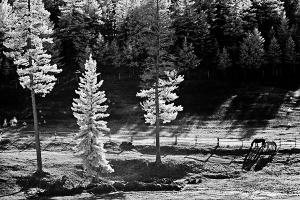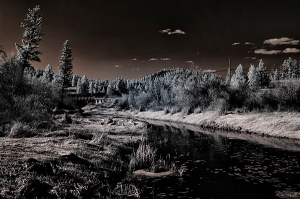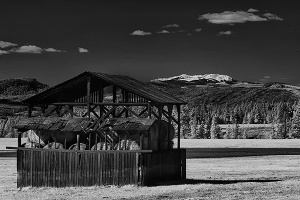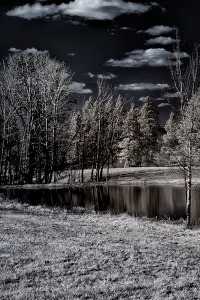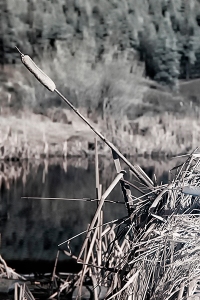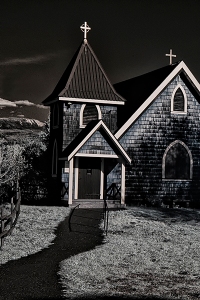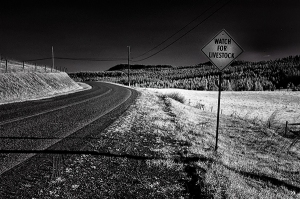The month of February has been darned cold, wait, I think uncomfortably cold is a better word choice. Despite that, I have spent a lot of my time out walking around.
The days have been bright, painfully bright for me in fact. I have been experiencing a new and colourful world this month. For the last few years everything I saw has had a warm brown tinge, colours were not brilliant, shadows lacked detail, and it was never very bright. Even the correct calibration on my computer’s display always looked dim.
Two weeks ago I had my final cataract surgery. (That’s both eyes now) and the world is bright and colourful, and I can’t get enough of it. My camera’s new storage location is on my kitchen table to be always ready when I want to rush outside. I must admit that many of my photos in the last couple weeks are of nothing more than shadows or colours along the road that I didn’t see before, but I am having fun.
This past week my friend Jo called and said she had to go to the small town of Falkland and asked if I wanted to get my IR camera and go with her. The day was cloudless, sunny, very cold and, of course, perfect for photography.
Fortunately she wasn’t in a hurry, because I kept making her stop so I could photograph everything. Its not that I haven’t taken that forty-plus-minute drive to Falkland a thousand times before in all kind of weather. But I had forgotten how colourful it was.
We stopped to photograph at a quiet roadside church in Westwold, a small community that borders the road along the way. It was the middle of the week and the snow on the pathway wasn’t even disturbed. I think churches are struggling with the pandemic lockdown.
The church was an excellent subject. Although not very distinctive with it’s non-descript wooden walls. But there are trees near it and hills in the background and I wanted to work with the IR to get strong contrast, luminous trees, a black sky and the white window edging and stark white cross would glow with the reflecting infrared conversion.
That was in the late morning. We continued on to Falkland so Jo could talk with a dog breeder for her Mastiff and I had plenty of time to wander through the trees along a frozen stream.
Before we returned we stopped at the Falkland Pub for a late lunch. I have never been in that place before, its parking lot is usually full of pickup trucks in the winter and any day in the summer one will carefully need to wind their way through rows of Harley Davidsons. But on this day there was only one car and when we went in the human total was only seven including the waitress (That’s a sign of the times I guess) Nevertheless, it was a welcoming place with music and the lunch with beer was good.
The afternoon light had changed and we stopped again at the Westwold church. There were a few more shadows and a slight breeze. Brrr…I didn’t stay for long.
Never mind the cold, the weather will change again soon and all of us that like wandering with our cameras will continue to have fun photographing the changes that happen.
I’m being forced to finish this article. My two cats that are normally running around outside are not very pleased with the drop in temperature and have been staying in the house. Now, at the end of the day they are full of energy and have decided a good place to play is between my computer display and me and after all the running and jumping outbursts are stopping to sit on the keyboard and demand attention.




